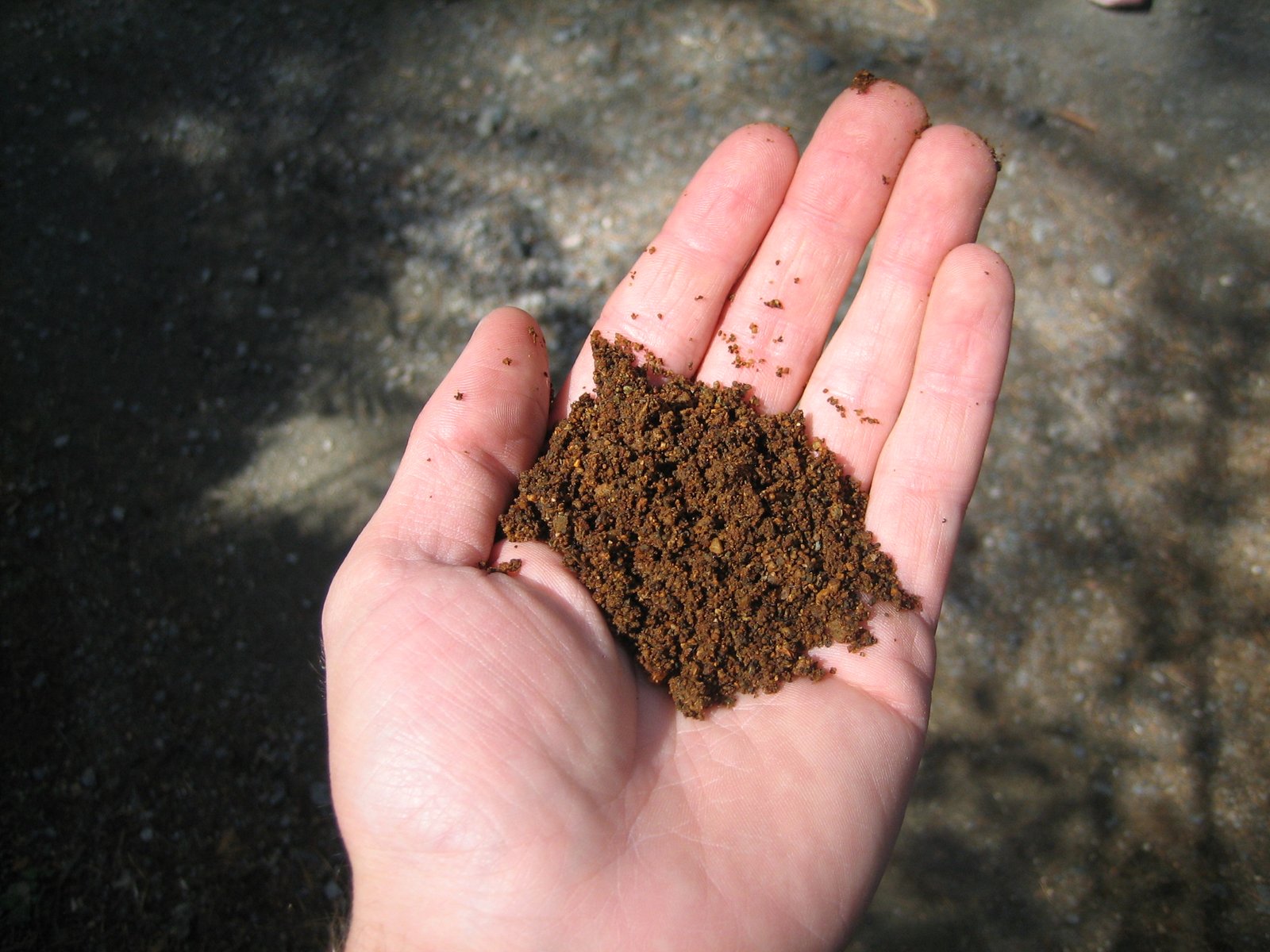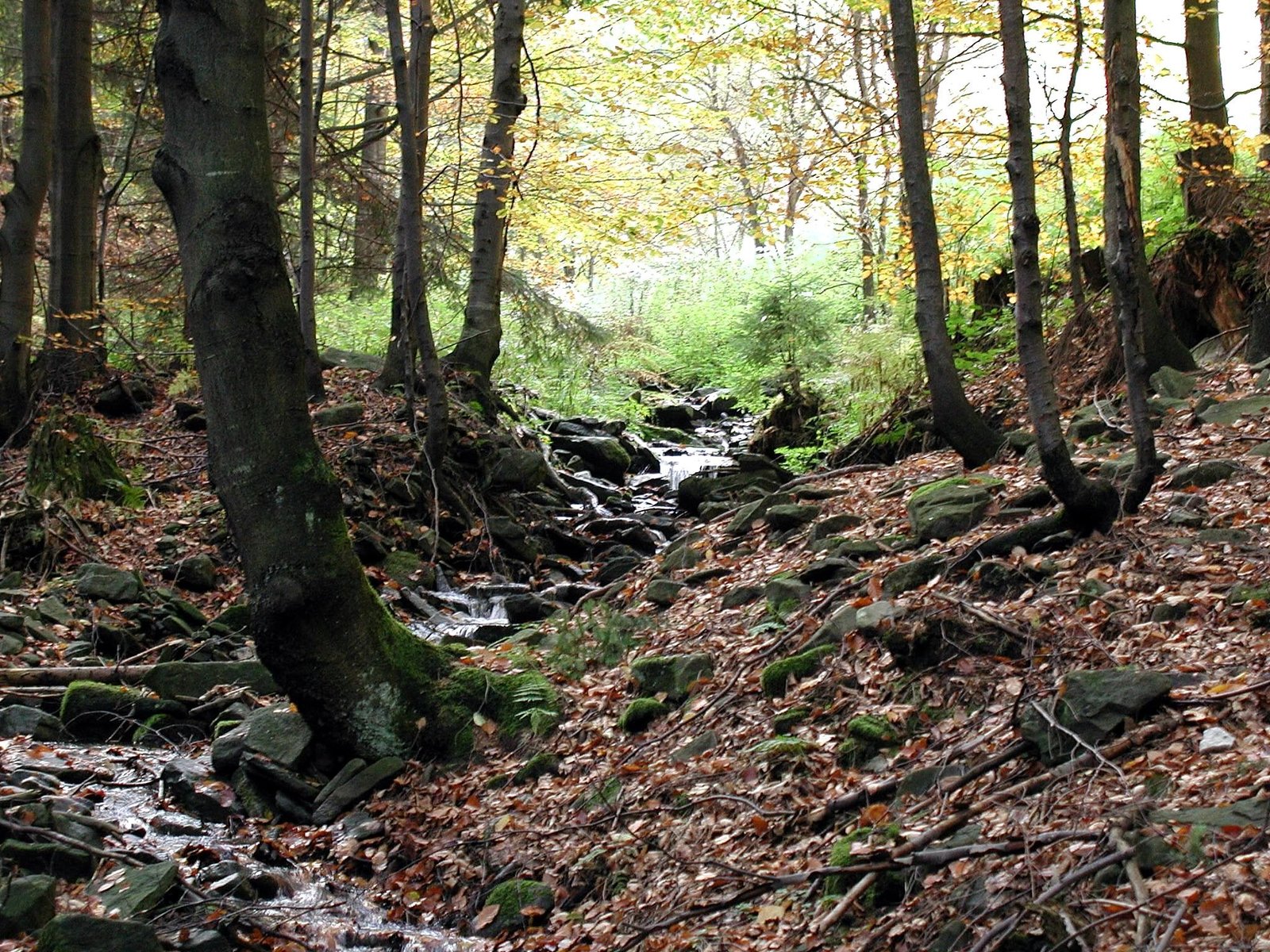In the enchanting realm where bees buzz amidst a vibrant symphony of flora, the secret to sustainable pollination and abundant honey lies within the very soil beneath our feet. While bees captivate us with their delicate dance upon petals, it is easy to overlook the pivotal role that pH levels play in shaping their thriving habitats. Like a harmonious melody of nature’s orchestra, the pH balance of our soil intricately contributes to the intricate balance of the interconnected ecosystem. Join us as we delve into the intriguing world of bee-friendly soil, uncovering the hidden significance of pH levels and how they hold the key to preserving these vital pollinators for generations to come. Welcome to the captivating journey into the importance of pH levels in the buzzing universe of bees.
Table of Contents
- The Hidden Connection Between pH Levels and Bee-Friendly Soil
- Exploring the Impact of pH Levels on Bee Health
- Maintaining Optimal pH Levels for a Thriving Bee Habitat
- Creating a pH Balanced Environment: Tips for Bee-Friendly Soil
- Beekeeping Tips: How to Adjust pH Levels and Support Bee Colonies
- Q&A
- To Conclude

The Hidden Connection Between pH Levels and Bee-Friendly Soil
Bee-Friendly Soil: Unveiling the Secret Link with pH Levels
When it comes to creating a haven for our buzzing friends, there is an intriguing, hidden connection that lies beneath the surface – the pH levels of the soil. Although it may sound like an arcane concept, pH plays a vital role in nurturing the optimal environment for bees and promoting a healthy ecosystem.
So, what exactly is pH? pH, short for ”potential of hydrogen,” is a measurement of acidity or alkalinity in the soil on a scale of 0 to 14. A neutral pH is 7, while values below 7 indicate acidity, and values above 7 are alkaline. The remarkable aspect is that bees’ preferred flowers tend to thrive in specific pH ranges, making pH an essential factor in sustaining their well-being and promoting pollination.
Beekeepers and garden enthusiasts alike can contribute to the preservation of these vital pollinators by understanding the ideal soil pH levels. Below is a breakdown that highlights the connection between different pH ranges and the flourishing bee-friendly plants that rely on these specific conditions:
- Acidic Soil (pH 4.5-6): Heathers, blueberries, rhododendrons, and azaleas are just a few examples of stunning flora that thrive in this pH range. These acid-loving plants provide abundant nectar and pollen, making them an irresistible feeding ground for bees.
- Neutral Soil (pH 6.5-7.5): Many flowering plants, including daisies, sunflowers, and lavender, prefer a near-neutral pH range. These varied blooms offer an array of colors and nectar, attracting and nourishing bees throughout the seasons.
- Alkaline Soil (pH 7.5-8.5): Despite the seemingly limited options, certain bee-friendly plants, such as butterfly bush and evening primrose, thrive in alkaline soil conditions. By cultivating these plants, gardeners ensure a diverse and appealing landscape for bees when traditional options may be limited.
Understanding the connection between pH levels and the flowers that bees adore grants us the ability to create a vibrant, bee-friendly garden. Whether you have a small plot of land or an extensive garden, the power to promote a thriving environment for our buzzing friends lies within our hands and the hidden secrets of pH levels.

Exploring the Impact of pH Levels on Bee Health
Honey bees are incredible creatures that play a vital role in pollinating our plants and ensuring a bountiful harvest. However, their health is greatly affected by the pH levels in their environment. pH, also known as potential of hydrogen, measures the acidity or alkalinity of a substance. Both high and low pH levels can have devastating effects on the delicate balance of bee health.
1. Acidic pH Levels: Acidic conditions can be detrimental to bees in several ways. Firstly, it can lead to a decrease in available food sources for bees, as certain plants may not thrive in acidic soils. Secondly, acidic environments can weaken the bees’ immune systems, making them more vulnerable to diseases and parasites. Lastly, it can affect the quality of the beeswax, honey, and pollen that bees produce, leading to a decrease in overall colony vitality.
2. Alkaline pH Levels: On the other end of the spectrum, high alkaline pH levels can have equally negative impacts on bee health. Alkaline conditions can unsuitably alter the essential nutrients that bees rely on from plants. This can result in poor nutrition and weakened immune systems, making bees susceptible to infections and other health issues. Additionally, alkaline pH levels can also disrupt the delicate balance of microbes in a bee’s gut, which are crucial for digestion and overall well-being.
Understanding the impact of pH levels on bee health is crucial for the conservation and preservation of these vital pollinators. As beekeepers and environmental stewards, it is our responsibility to help maintain a balanced pH in their surroundings, ensuring the well-being of our precious honey bee populations.

Maintaining Optimal pH Levels for a Thriving Bee Habitat
Creating and maintaining an environment with optimal pH levels is crucial for the well-being and thriving of bees. A balanced pH ensures that bees have access to a consistent and nutrient-rich habitat, promoting their health and productivity. Here are some essential tips to help you maintain the ideal pH levels for a flourishing bee habitat:
1. Soil Testing:
Regularly test the pH of your soil to understand its current acidity or alkalinity levels. This step is essential as bees heavily rely on the plants and flowers growing in the area. Conducting a soil test can help you identify if any amendments are necessary to achieve the desired pH.
2. Adjusting pH:
If the pH levels of your soil are not within the optimal range for bees (around 6 to 7), it may be necessary to make adjustments. Utilize natural amendments such as agricultural lime to increase pH or sulfur to decrease pH. Always follow the recommended application rates and guidelines to prevent harm to the overall ecosystem.
3. Providing Water:
Water sources with an appropriate pH level are essential for bees. They require clean and pH-balanced water for hydration and honey making. Invest in a shallow and clean water source, like a birdbath, with fresh water regularly. Consider incorporating organic additives like apple cider vinegar to balance the pH of the water.

Creating a pH Balanced Environment: Tips for Bee-Friendly Soil
- Test your Soil: Before making any amendments, it’s important to test your soil’s pH level to determine if it is within the range preferred by bees. A pH range of 6.5 to 7.5 is generally ideal. Testing kits can be easily purchased from your local garden center or online.
- Add Organic Matter: Incorporating organic matter into your soil helps improve its structure and nutrient content. Compost, leaf mold, and well-rotted manure are excellent sources of organic matter that can be mixed in to provide a rich environment for bees and other beneficial insects.
- Avoid Chemicals: Chemical fertilizers and pesticides can harm bees and other pollinators, so it’s crucial to avoid them wherever possible. Instead, opt for natural alternatives such as neem oil, which is effective in controlling pests without causing harm to bees.
- Plant Pollinator-Friendly Flowers: To attract bees to your garden, choose a variety of flowering plants that provide nectar and pollen throughout the different seasons. Lavender, sunflowers, borage, and wildflowers are just a few examples of bee-favorites. Consider creating dedicated bee-friendly areas within your garden.
- Maintain Moisture Levels: Bees need access to clean water for drinking and cooling their hives. Creating a shallow water source, such as a birdbath filled with pebbles or floating plants, can provide them with a safe area to hydrate.
Beekeeping Tips: How to Adjust pH Levels and Support Bee Colonies
Tips for Adjusting pH Levels and Supporting Bee Colonies:
Keeping a balanced pH level in beehives is crucial for the health and productivity of bee colonies. pH levels can affect the availability of essential nutrients, the survival of beneficial microbes, and overall hive conditions. Here are some creative tips to help you adjust pH levels effectively and support your bee colonies:
- Use organic materials: Incorporating organic materials, such as dried leaves or compost, into the hive can help maintain a stable pH level. These natural materials act as buffers, preventing sudden shifts in acidity or alkalinity.
- Plant companion flowers: Introduce companion flowers around your beehives. Not only do they beautify the surroundings, but they can also assist in regulating pH levels. Certain flowers, like lavender or chamomile, release organic compounds that help stabilize pH in the hive environment.
- Be mindful of water sources: Bees rely on water for hydration and to control hive humidity. Ensure that the water sources near your beehives have a pH level between 6.5 and 7.5. Consider using natural methods, like rainwater collection or filtered water, to avoid exposing the colony to harmful chemicals found in tap water.
- Monitor soil pH: Pay attention to the soil pH around your beehives. A healthy balance in the surrounding soil contributes to the overall pH stability within the hive. If necessary, adjust the soil pH by adding organic soil amendments, such as agricultural lime or wood ash, in moderate amounts.
- Consult with local beekeepers: Seek advice from experienced beekeepers in your area. They may provide valuable insights about regional-specific pH challenges and suggest effective solutions that have proven successful in similar conditions.
By implementing these creative tips, beekeepers can play an active role in maintaining optimal pH levels within beehives. Creating a balanced environment fosters the well-being of bee colonies and encourages their productivity and longevity.
Q&A
What is the optimal pH level for bee-friendly soil?
The optimal pH level for bee-friendly soil is around 6.5 to 7.5. This slightly acidic to neutral range provides an ideal environment for the growth of bee-friendly plants and encourages the development of healthy bee colonies.
Why is pH level important for bees?
pH level is important for bees as it affects the availability and absorption of nutrients in the soil. When the pH level is within the optimal range, the roots of bee-friendly plants can efficiently access the necessary nutrients, resulting in their healthy growth and ultimately providing abundant food sources for bees.
What happens to bee-friendly plants in soil with high pH?
In soil with high pH levels (above 7.5), bee-friendly plants may struggle to absorb essential nutrients like iron, zinc, and manganese. This can lead to nutrient deficiencies, negatively impacting the growth and health of these plants, and ultimately reducing the availability of food sources for bees.
How does soil pH affect bee populations?
Soil pH plays a crucial role in determining the availability and quality of floral resources for bees. When the soil pH is optimal, bee-friendly plants thrive and produce abundant flowers that attract and support diverse bee populations. However, imbalanced pH levels can limit plant growth, which in turn affects the quantity and quality of food sources available for bees.
Can pH levels be altered to create bee-friendly soil?
Yes, pH levels can be altered to create bee-friendly soil. Acidic soil can be adjusted by adding materials such as sulfur or peat moss, which help lower the pH. On the other hand, alkaline soil can be modified by incorporating amendments like compost or elemental sulfur to raise the acidity level and create an optimal environment for bee-friendly plants.
How can beekeepers and gardeners test soil pH?
Beekeepers and gardeners can test soil pH using inexpensive soil testing kits available at gardening centers or online. These kits usually include test strips or a color-changing liquid that can be mixed with soil samples. The resulting color can then be matched with a scale to determine the soil’s pH level.
Are there any other factors besides pH that impact bee-friendly soil?
Yes, besides pH, other factors that impact bee-friendly soil include organic matter content, moisture level, nutrient availability, and the absence of chemical contaminants. Maintaining a balance between these factors is essential for creating and sustaining a healthy environment for both plants and bees.
To Conclude
As we bid adieu to this exploration of the captivating world of bees and their quest for a harmonious habitat, we have uncovered yet another puzzle piece to complete the environmental jigsaw. The importance of pH levels in bee-friendly soil holds the key to nurturing these remarkable pollinators, allowing them to flourish and play their vital role in our ecosystem.
Just as a melodic symphony relies on perfect harmony, bees require an optimal pH range in their surroundings to orchestrate their magic. We have delved into the profound effects of pH on soil health and its profound impact on bee populations. From the buzz-worthy connection between pH levels and nutrient availability to the subtle dance of floral diversity influenced by this delicate equilibrium, the intricacies at play are worth the ponder.
The remarkable tales of these humble insects remind us of our shared destiny with the natural world. We, too, hold the responsibility to cultivate a flourishing environment. From calibrating the pH levels of our gardens to thoughtfully selecting indigenous plant guilds, our actions can help build a sanctuary for these tireless pollinators. By embracing this newfound wisdom about the importance of pH levels in bee-friendly soil, we can joyfully contribute to the preservation of their delicate ecosystem.
As we embark on our own journey, let us remember that even the smallest adjustment in pH can have grand reverberations. The tantalizing connection between science and nature beckons us to explore further, to embark on a quest to safeguard the remarkable creatures that grace our planet. Together, armed with knowledge and empathy, we can nurture a world where bees thrive harmoniously, allowing their gentle hum to resonate with the eternal cycles of life.
As an affiliate, my content may feature links to products I personally use and recommend. By taking action, like subscribing or making a purchase, you’ll be supporting my work and fueling my taco cravings at the same time. Win-win, right?
Want to read more? Check out our Affiliate Disclosure page.